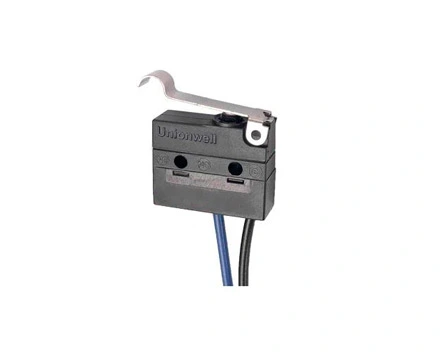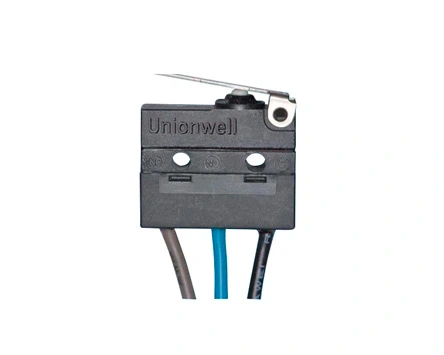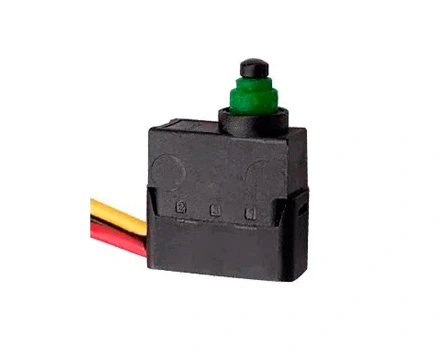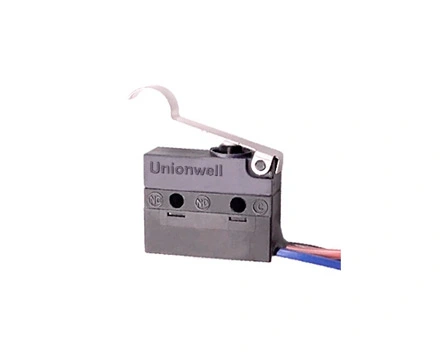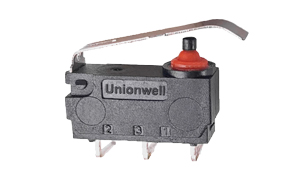
Micro switches are small but mighty components that play a vital role in a wide range of electronic devices, from household appliances to industrial machinery. They are commonly used to control the on/off functions of a device, as well as to provide precise positioning or limit switch functions. With so many different types of micro switches available, selecting the right one for your application can be overwhelming. In this article, we'll explore the factors to consider when choosing a micro switch and the different types of micro switches available.
Electrical rating
The electrical rating of a micro switch is an important factor to consider. It refers to the amount of voltage and current the switch can handle safely without damage. This rating is typically expressed in terms of amperes and volts. Before selecting a micro switch, you should ensure that it can handle the electrical load of your application.
Operating force
The operating force is the amount of force required to actuate the micro switch. This force can range from a few grams to several pounds. You should choose a micro switch with an operating force that is suitable for your application. For example, if you are using a micro switch in a medical device, you may want to choose one with a low operating force to avoid causing discomfort to the patient.
Actuator type
The actuator is the part of the micro switch that is pressed or moved to activate the switch. There are several types of actuators available, including levers, rollers, and plungers. The type of actuator you choose will depend on the requirements of your application.
Environment
The environment in which the micro switch will be used is an important consideration. For example, if the switch will be used in a harsh environment, such as a factory floor, you may want to choose a micro switch with a sealed body to protect it from dust and moisture.
Basic micro switch
The basic micro switch is the most common type of micro switch. It has a simple design and is used for a wide range of applications. The basic micro switch typically has a lever actuator and can be mounted in a variety of ways.
Sealed micro switch
The sealed micro switch is designed to be used in harsh environments. It has a sealed body that protects it from dust, moisture, and other contaminants. The sealed micro switch is typically more expensive than the basic micro switch.
Subminiature micro switch
The subminiature micro switch is a small micro switch that is used in applications where space is limited. It typically has a low operating force and a small actuator. The ultra subminiature micro switch is commonly used in medical devices and other small electronic devices.
Snap action micro switch
The snap action micro switch is designed to switch quickly from on to off. It has a spring-loaded actuator that snaps into position when pressed. The snap action micro switch is commonly used in applications where speed is important, such as in automotive applications.
When choosing a micro switch, it is important to consider factors such as the electrical rating, operating force, actuator type, and environment. By taking these factors into account, you can select the right micro switch for your application. There are several types of micro switches available, including the basic micro switch, sealed micro switch, subminiature micro switch, and snap action micro switch. Each type has its own unique features and benefits, so it is important to choose the right type for your application.
 English
English  français
français  Deutsch
Deutsch  Español
Español  italiano
italiano  português
português  tiếng việt
tiếng việt  Türkçe
Türkçe  slovenský
slovenský  slovenčina
slovenčina  беларускі
беларускі 